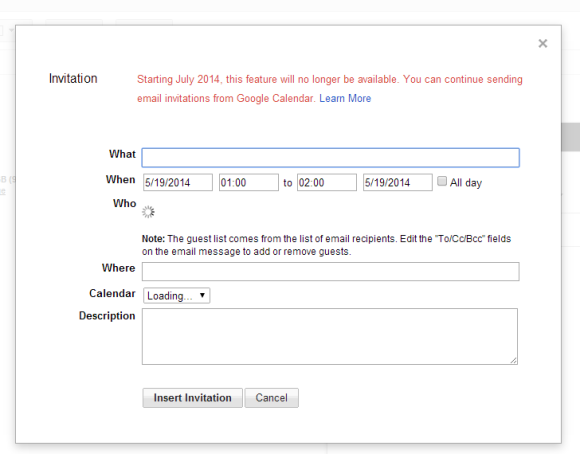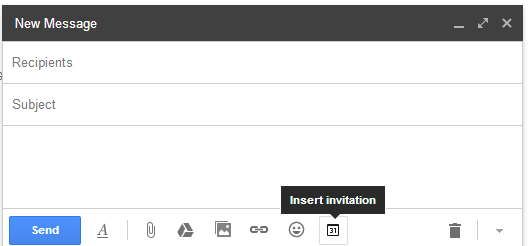Google+ Photos added a new feature called Stories. Google automatically groups some of your best photos and videos, based on the date and the place where they were taken, and creates animated stories you can edit and share with other people.
"Google+ Stories can automatically weave your photos, videos and the places you visited into a beautiful travelogue. No more sifting through photos for your best shots, racking your brain for the sights you saw, or letting your videos collect virtual dust. We'll just gift you a story after you get home. This way you can relive your favorite moments, share them with others, and remember why you traveled in the first place," explains Google.
Here's an example:

To find all the stories generated from your photos, go to Google+ Photos, click "More" next to "All photos" and select "Stories". They have pretty accurate titles like: "Friday afternoon in Istanbul", "Trip to Paris", "Weekend in Belfast".
There are many other new features in Google+:
* Auto Awesome Movies are now available on Android, iOS and the web, so lots more people will receive highlight reels of their photos and videos.
* You can now create animated GIFs and photobooth-style images on demand. Just tap the new plus button in Photos, and select either Motion or Mix. (Android only?)
* You can now browse your entire photo library, as well as your highlights, by date. Just drag the new scroll bar to move forwards or backwards in time.
* Really big photo libraries are now supported on Android, so you can access your many thousands of photos quickly and easily.
* You can now browse your entire photo library, as well as your highlights, by date. Just drag the new scroll bar to move forwards or backwards in time.
* A new navigation menu makes it easier to switch between your favorite circles and communities, as well as other places in the app.
* It's a lot easier to share content from your phone or tablet. To give it a try, just tap the new pencil icon at the bottom right of the stream.
* The app menu now slides away as you move down the stream, letting posts fill the entire screen.














